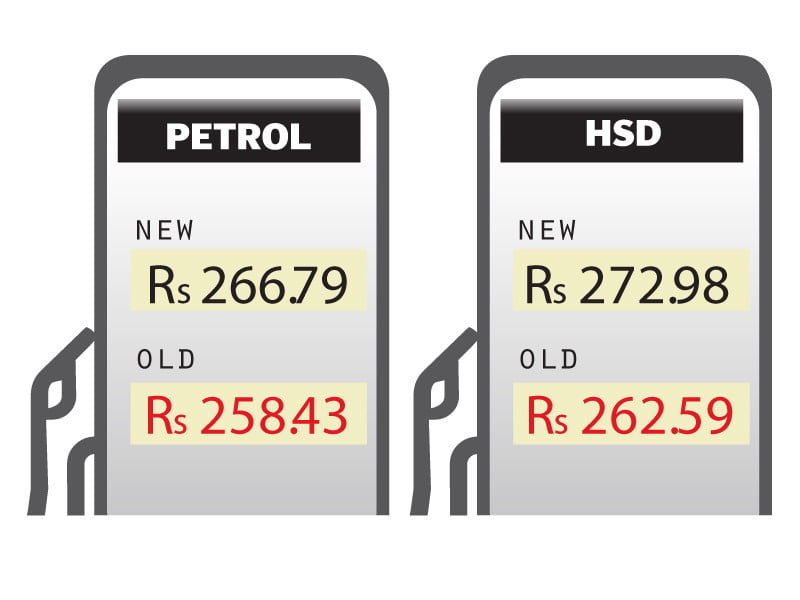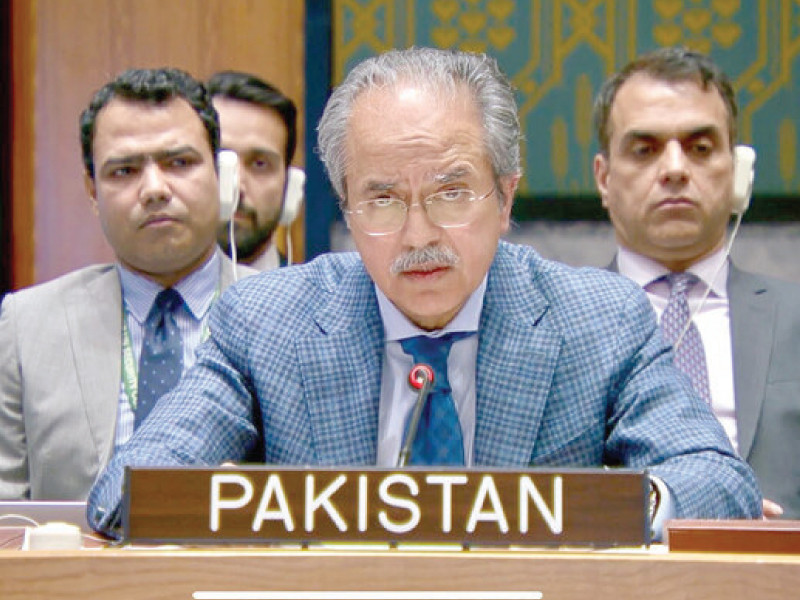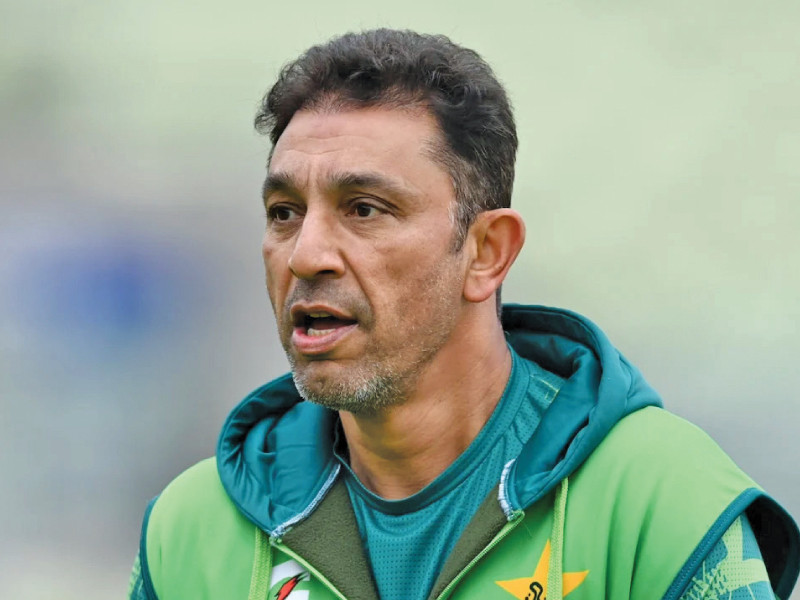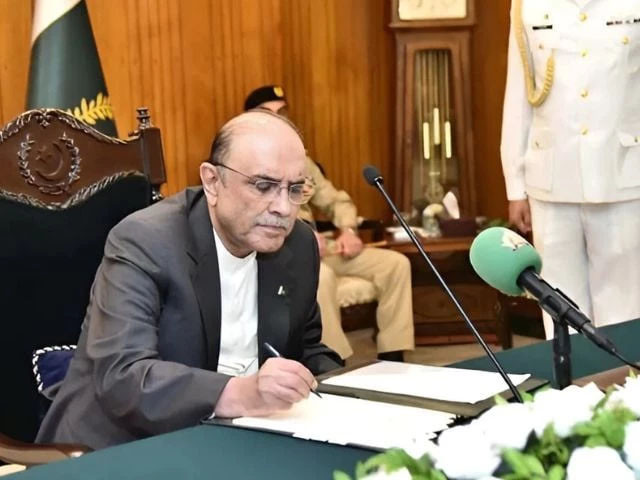ISLAMABAD:
The federal government on Monday night made a massive increase in the prices of petroleum products for the next fortnight, seen as an impact of the 12-day Iran-Israel war that nearly threatened to engulf the entire Middle East region.
According to a notification issued by the Finance Division, the price of petrol was jacked up by Rs8.36 per litre and that of high-speed diesel (HSD) by Rs10.39 per litre for the period of July 1 to 15. The prices were raised on the recommendation of the Oil and Gas Regulatory Authority (Ogra).
“The Government has decided to revise the prices of petroleum products for the fortnight starting today, based on the recommendations of OGRA & the relevant ministries,” the Finance Division notification stated.
The notification said that petrol will now be available at Rs266.79 per litre – Rs8.36 per litre up from Rs258.43 per litre. Similarly, the HSD rate is jacked up to Rs272.98 per litre from Rs262.59 per litre, registering a hike of Rs10.39 per litre.
Pakistan is a net importer of oil and imports around 85% of its total requirement of petroleum products, mainly from the Middle East. The local oil and gas companies produce crude oil to meet 15% of the total oil needs.
Last month, Israeli airstrikes on Iranian nuclear and military sites resulted in a sharp increase in prices of crude oil that jumped 711% to around $8287 per barrel, which was the highest level in six months, according to reports.
This increase came after Iran’s threat to close the Strait of Hormuz in the Persian Gulf. However, the ceasefire between Iran and Israel resulted in bringing the price of crude oil back to $67 per barrel during the June 2326 period, roughly reverting to pre-war levels by June 26.
In Pakistan, the HSD is widely used in the agriculture and transport sectors. Therefore, the fresh increase in its price will bring an inflationary impact on the consumers. Because of its use in the transport sector, the cost of goods transportation will go up, resulting in higher inflation across the country.
Petrol, on the other hand, is used in motorbikes and cars and is considered to be an alternative to compressed natural gas (CNG). Gas utilities had stopped supplying indigenous gas to the CNG stations, especially in Punjab; therefore, the CNG outlets had been using imported gas for over a decade.
The recent increase in prices of petrol would also minimise the difference in the price of CNG and petrol. The prices take effect on the first day of the new fiscal year 2025-26.
The government has a space to absorb the increase in the prices of petroleum products by adjusting the petroleum levy. At present, consumers are paying over Rs77 per litre petroleum levy on diesel and petrol. However, the government had adopted the way of increasing the prices of petroleum products rather than rescuing the consumers from this increase.
The consumers were expected to face more increases in oil prices as the government had set a Rs1.4 trillion revenue target on account of petroleum levy, the highest in the country’s history. The petroleum levy revised target was Rs1,161?billion for FY?202425.
Additionally, the government had also imposed a carbon levy on petroleum products that would result in further increases in the prices of petroleum products.




